The social entrepreneur’s journey can be likened to the traditional hero’s journey. As in life, we are the main protagonist in our own life story, so too is social entrepreneur in his quest to provide a service that is born through the businesses journey.
The hero’s journey
The story that we see re-iterated through most of the themes in our movies and books is the story of the hero. It begins with an everyday person who is called on to adventure (internal or external circumstances). He (not gender specific, just simplifying with hero as he reference) then is faced with a challenge to overcome, usually with the assistance of a mentor or guide (think Gandalf in Lord of the Rings) who sees his strengths that he may not even be aware of. Once overcoming this challenge he goes through a process of rebirth (this could take on a form of a sacrifice or literal death or something subtle when a personal internal change has occurred). He continues along his journey and has to overcome his greatest nemeses or greatest battle (internal or external), called the boon. And finally the hero returns home to share something of value that benefits other people (community). The above is described in the book: Game On: Energize Your Business with Social Media Games by Jon Radoff.
In this interview it is described in a 12 step process in the theme of The Hero’s Journey or The Monolyth:
- Discomfort of home
- Call to change
- Denial or refusal
- Meeting the mentor
- Crossing the threshold
- Test Allies and Enemies
- Approach & Preparation
- The Ordeal
- Reward
- The Road Back
- Resurrection
- The return
The journey of the social entrepreneur
There are similarities in the hero’s journey and that of the journey of a social entrepreneur. Let’s look at the 12 key plot points below:
- Discomfort with home: you are feeling uncomfortable with your current life situation or feel there is something missing in your life or community (social, environmental and ethical malfunction).
- Call to change: you have an internal drive to do something about it.
- Denial or refusal: a process of underestimating yourself and what you are capable of.
- Meeting the mentor: friends, family and others in your life encourage your vision; they can see the strength and gift that you can offer with your vision.
- Crossing the threshold: you overcome the fear and embark on putting it into action.
- Test Allies and Enemies: market research, partnering opportunities and networking.
- Approach & Preparation: your business plan: mission, vision, value, customer focus, investors (if applicable).
- The Ordeal: starting and growing your business.
- Reward: financial and value rewards.
- The Road Back: sometimes seen as a trough in activity “Trough of Sorrow” (see Startup process graph) where possibly a new focus or redefinition of the service/product is required (often called a pivot).
- Resurrection: the social enterprise gain traction and becomes established in the market place and has a sustainable income and value flow.
- The Return: expanding your business, creating a change in the community that serves all and/or assisting others through sharing your lessons of your journey with others.
In essence, my attempt is not to glorify the process by likening it to the hero’s journey. It is an attempt to highlight the journey ahead. It takes courage to follow our dreams, to listen to ourselves and take effective action to nurture and grow a business. It is a journey that we can embraced for all its up’s and down’s, which is mirrored in our own personal lives of challenges, gaining strength and moving on from there. This journey is one that enhances our lives and those around us, if we recognize its value; ultimately valuing ourselves for embarking on the ‘road less travelled’.
Related articles:
Traits of an entrepreneurial mindset
Poem: The Road not taken: Robert Frost
Featured image from How to use The Hero’s Journey as a life coaching tool

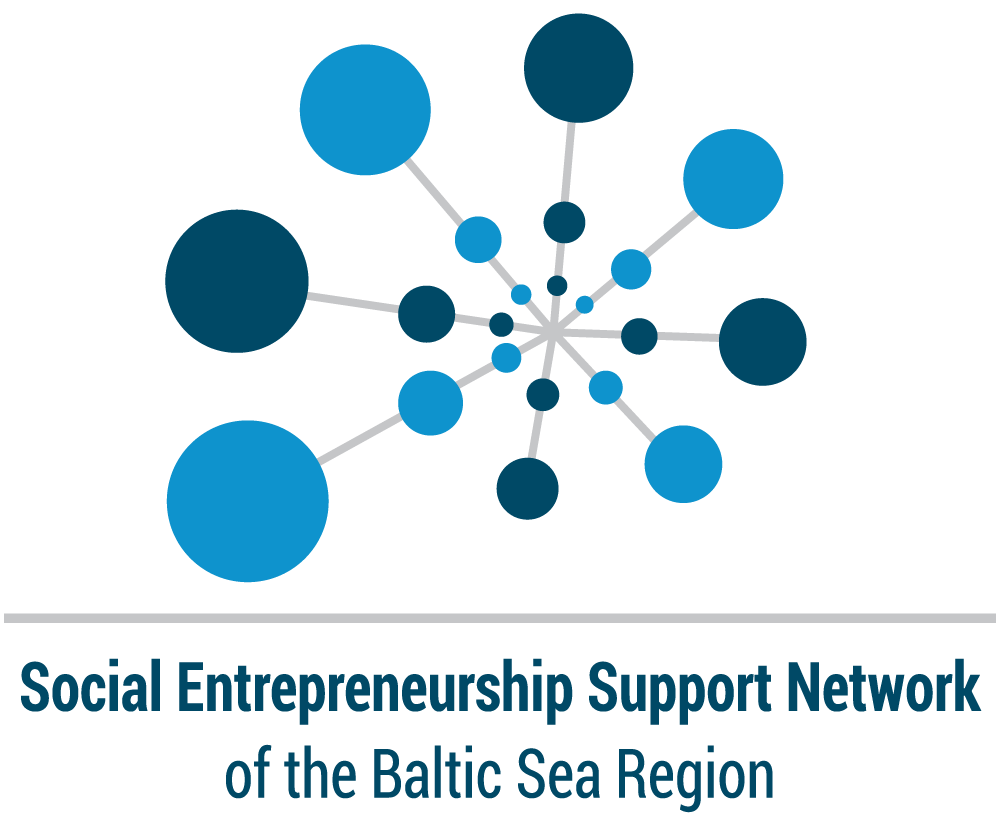

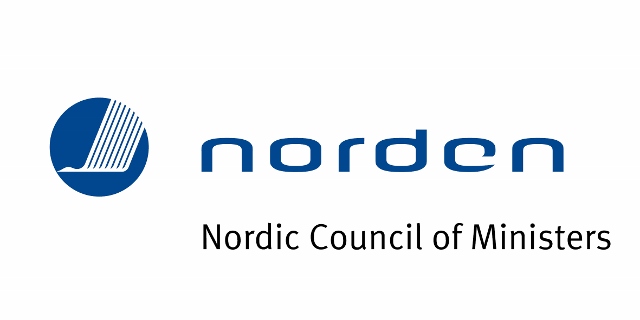


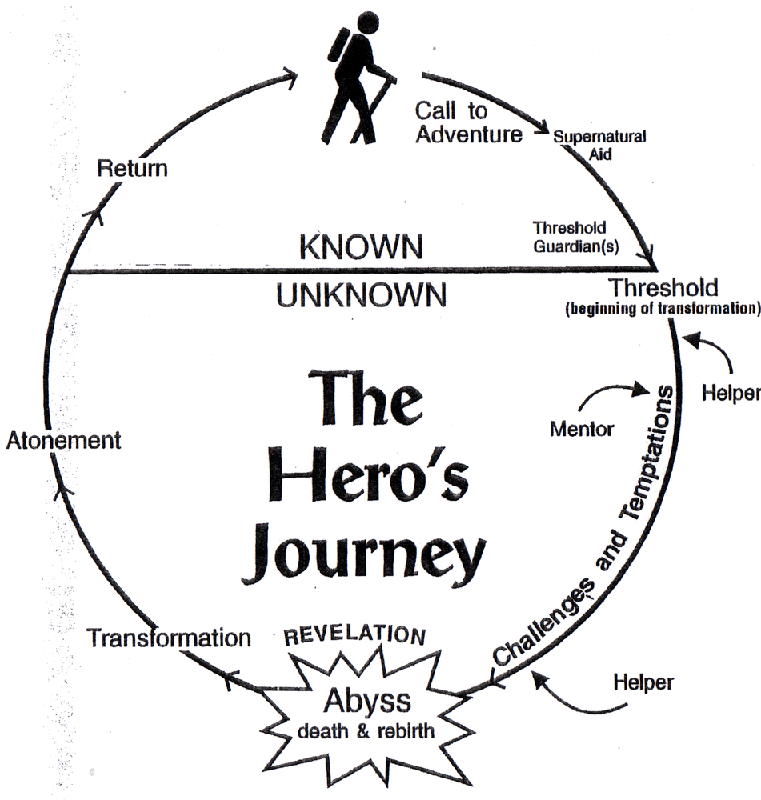
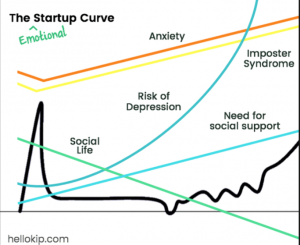
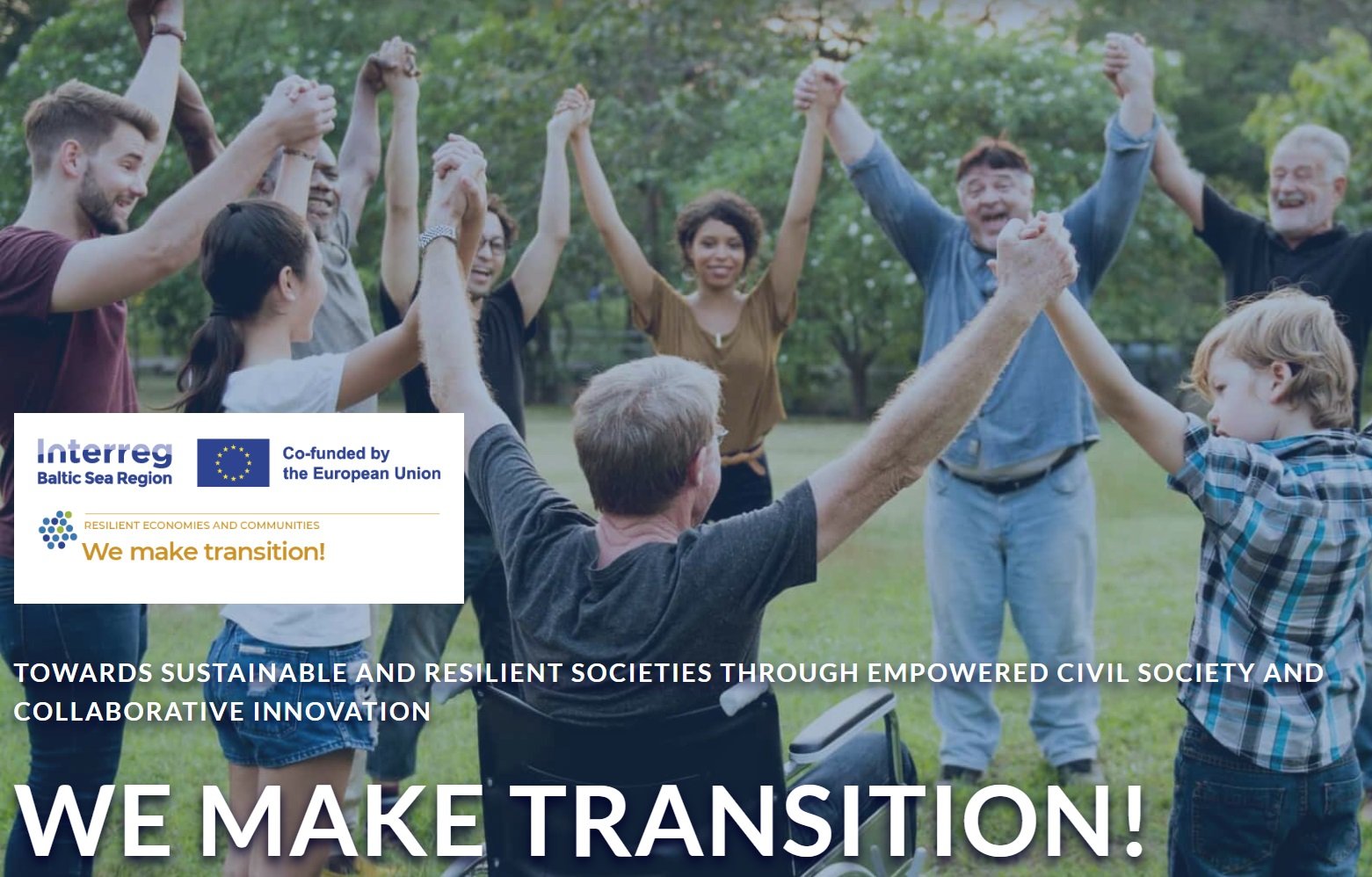
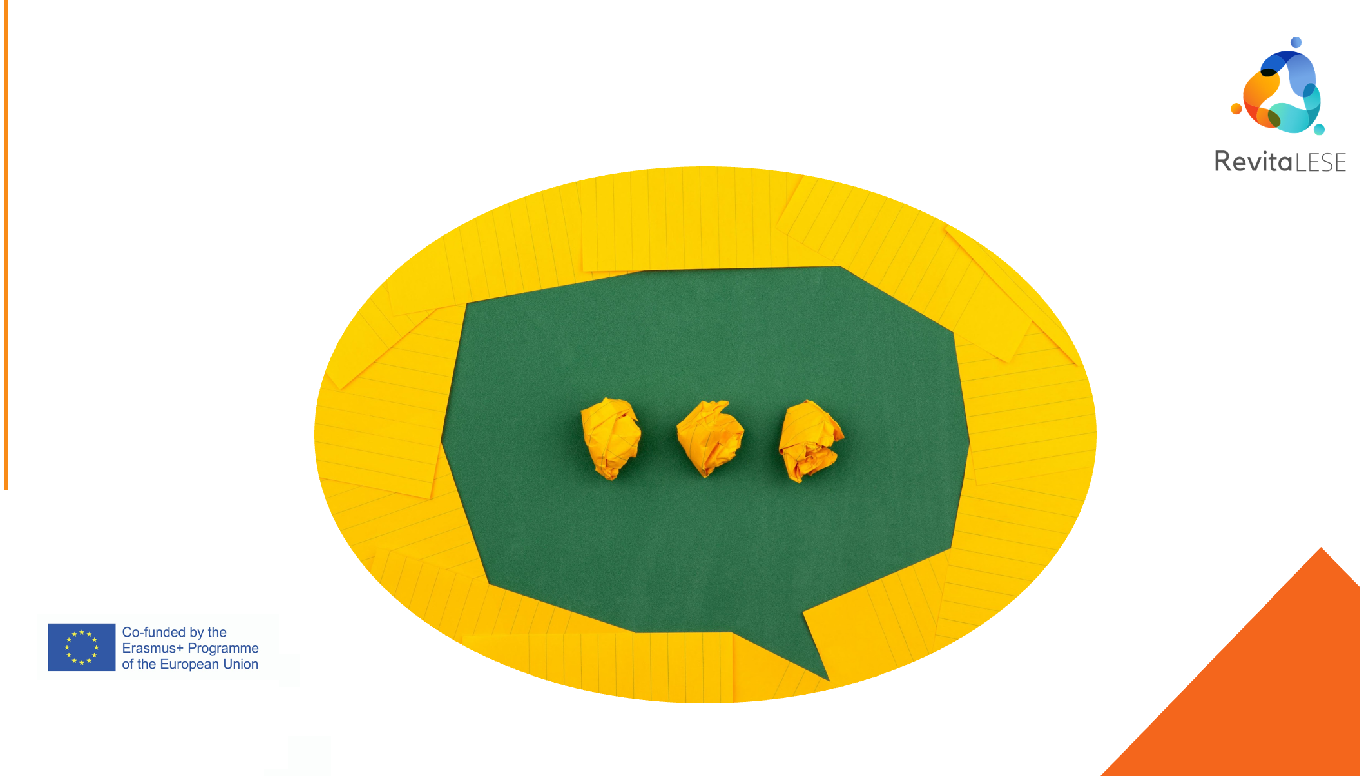
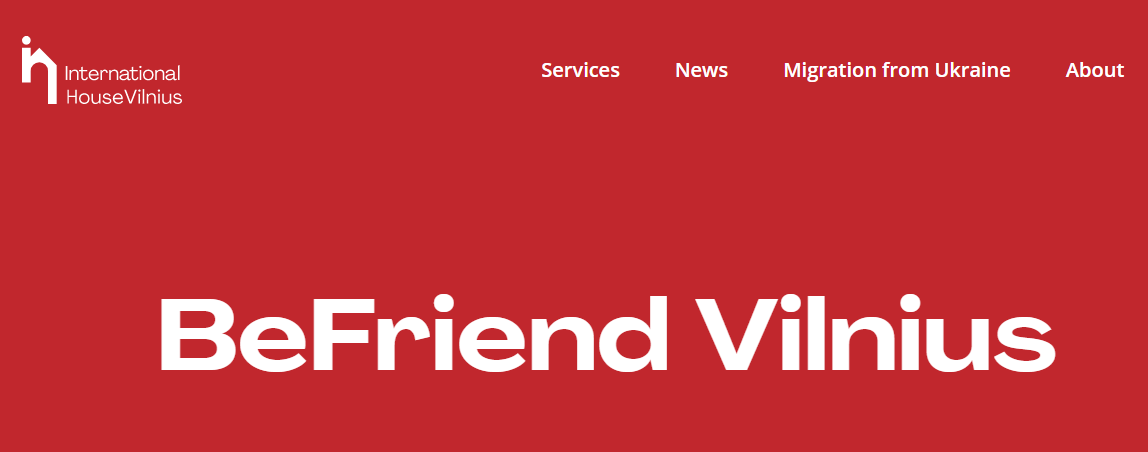
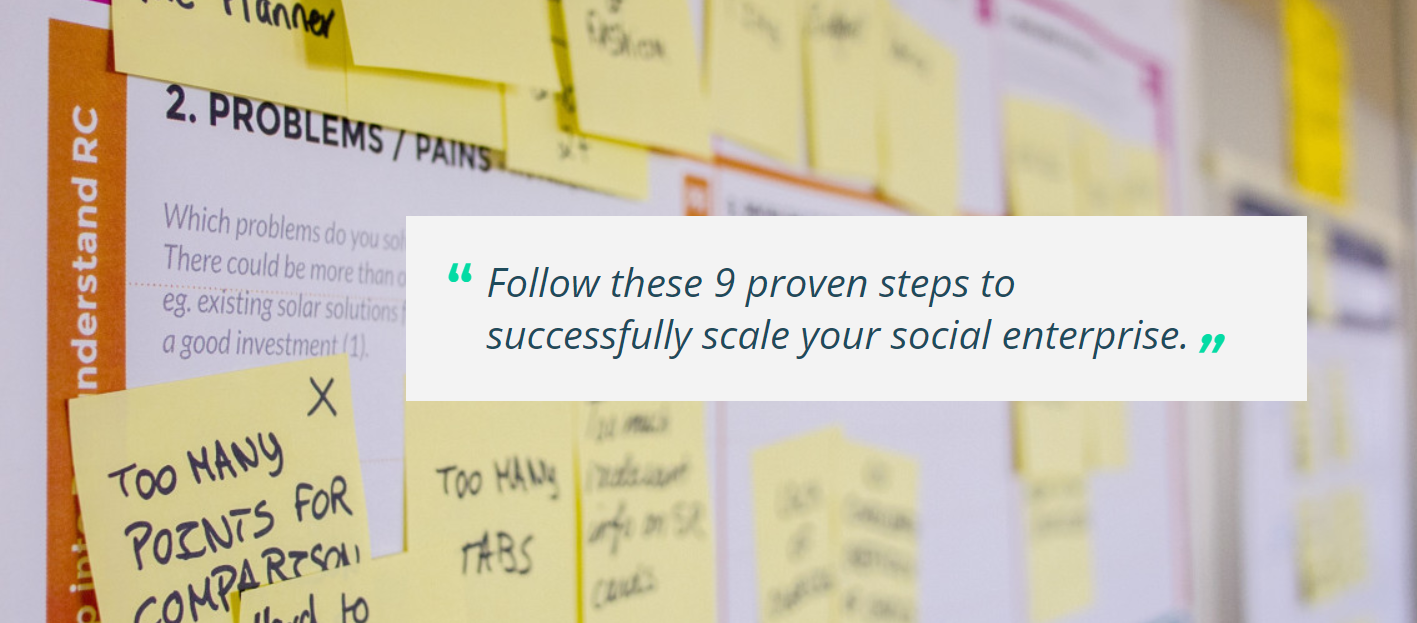
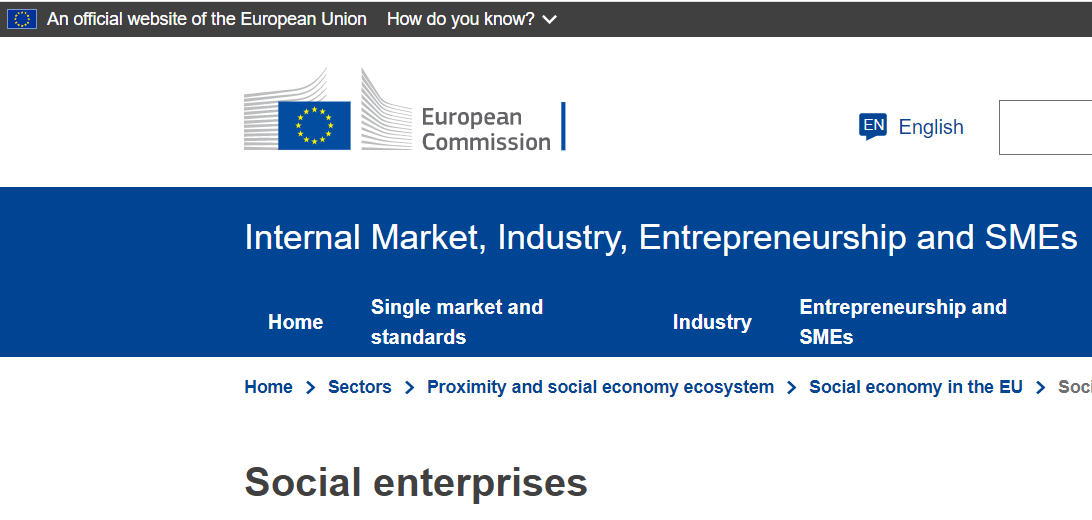



I value the blog post.Thanks Again. Really Great.